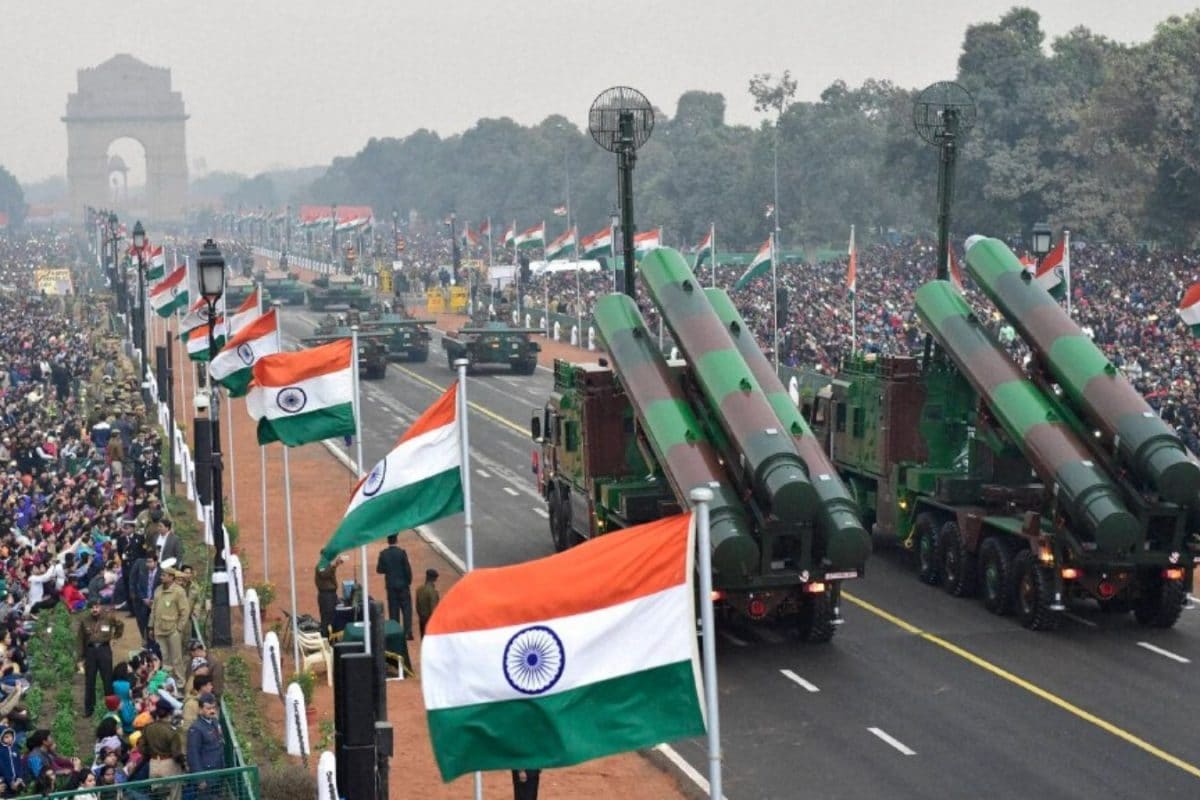

The BrahMos supersonic cruise missile, a joint venture between India's Defence Research and Development Organisation (DRDO) and Russia's NPO Mashinostroyeniya, has been a cornerstone of India's military strategy since its induction. Recent reports suggest that the BrahMos was potentially used in Operation Sindoor, India's response to a terror attack in Indian-administered Kashmir. This operation involved a series of missile and air strikes against alleged terrorist infrastructure in Pakistan and Pakistan-administered Kashmir.
Key Features and Capabilities
The BrahMos, named after the Brahmaputra and Moskva rivers, is a versatile and formidable weapon known for its speed and precision. Some of its key features include:
BrahMos and Operation Sindoor
Operation Sindoor was reportedly launched by India in early May 2025 as a response to a terror attack in Pahalgam that killed 26 tourists. While initial reports focused on the use of SCALP-EG land-attack cruise missiles and AASM HAMMER guided bombs, some sources suggest the potential use of air-launched BrahMos missiles in the operation, factoring in the distances of some of the targeted bases from India. Pakistan, in response, launched Operation Bunyan Marsoos, targeting Indian military sites, including a BrahMos missile storage facility. While Pakistan claimed to have struck BrahMos storage sites, India dismissed these claims as misinformation.
Extended Range Variant
Recent tests of the BrahMos missile have focused on extending its range. In 2020, India successfully test-fired an extended-range BrahMos with a range of around 350 km. More recently, a test was conducted in the Bay of Bengal for an extended range of 800 kilometers. This advancement significantly boosts India's offensive capabilities and strategic deterrence, allowing strikes on land targets and enemy warships from safer standoff distances. The extended range also allows the Indian Army to target any part of Pakistan and reach deep into Chinese-occupied Tibet.
Strategic Implications
The BrahMos missile system has significantly enhanced India's military capabilities, providing a credible deterrent and a potent offensive weapon. Its integration into the Indian Army, Navy, and Air Force has strengthened India's ability to respond to threats across multiple domains. The extended-range variant further enhances India's strategic reach, allowing it to project power and safeguard its interests in the region.
Future Developments
India continues to invest in the BrahMos program, with plans to develop a new generation of missiles with even greater range and precision. A hypersonic missile, BrahMos-II, is also under development, which will likely have similar characteristics to the Russian 3M22 Zircon. A new facility is under construction in Lucknow for the production of BrahMos-NG missiles. These ongoing developments underscore India's commitment to maintaining a cutting-edge missile arsenal and strengthening its defense capabilities.